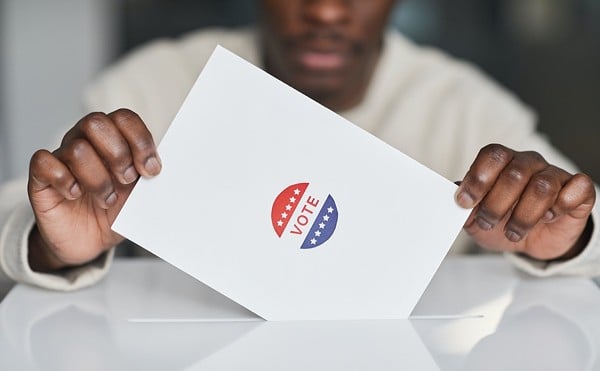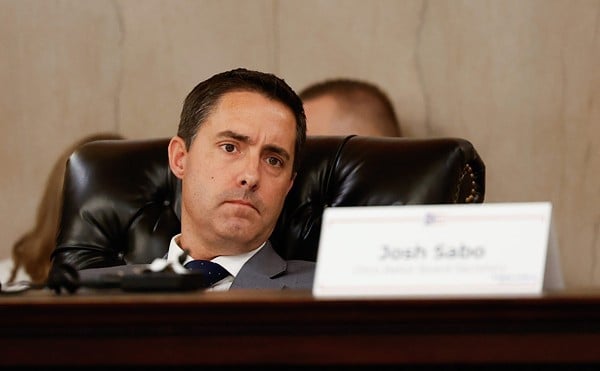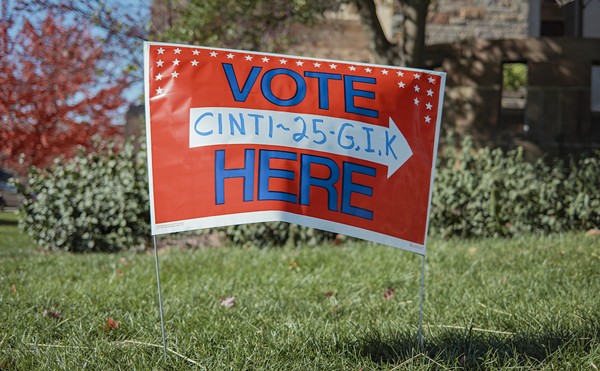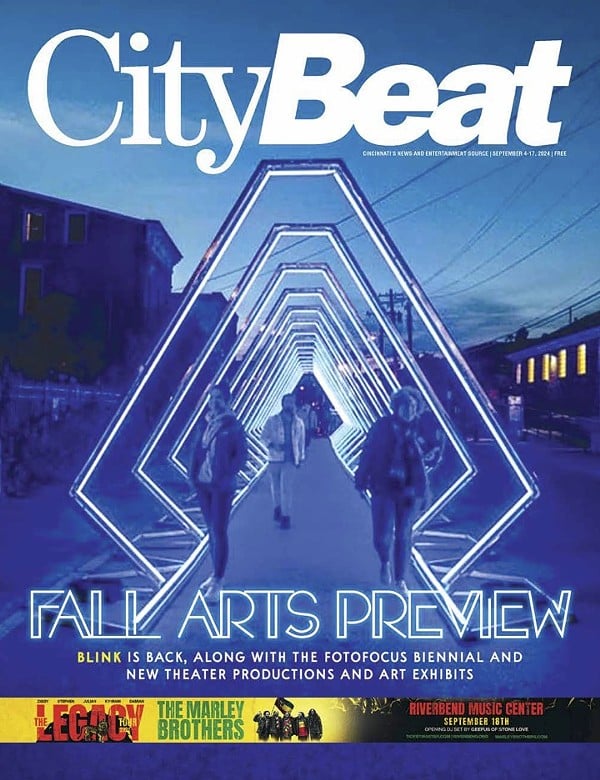|
Price Hill has better views than Mount Adams at a fraction of the price. That's become a slogan in residents' efforts to revitalize their community.
Like many urban neighborhoods that have experienced a decline, Price Hill is attempting to remake its image, but they're going about it in a rather unconventional way.
Diana Vakhari, director of community organizing for Price Hill Will, calls the method "community networking." Price Hill Will, an organization designed to bring about positive change for the area's 35,000 residents has community action teams focused on nine priorities: arts, beautification, block clubs, churches, diversity, eco-neighborhood, housing, safety, schools and business.
"It's a comprehensive and asset-based approach utilizing the strengths of community members," Vakhari says. "We focus on the volunteers' strengths and assets in the community, not the deficiencies. When you focus on what is broken, you use a lot of energy."
Residents didn't want volunteer burnout to waste the opportunity provided by the grant money used to start the organization, so Price Hill Will has some paid staff, according to Vakhari. While working to fill the executive director position, staff and volunteers are making things happen.
'Need to get real'
Kay Clifton, board president and self-titled "newbie" to Price Hill — she's lived there 20 years — says her role is to "facilitate highly skilled, dedicated residents" in a way that builds productive teams.
"It is finding a way to put people together who have a common interest, like people who live in a neighborhood who have a common interest in arts," Clifton says. "The whole idea there is that one dedicated person wears themselves out but two, three, four, five people have a much greater impact and it's much healthier."
She sees that impact within the larger context of the community as critical to the redevelopment effort.
"As a sociologist, I also preach the rebuilding of social institutions," Clifton says. "When a neighborhood gets disinvested in, the businesses move out and the residents move out and there's not enough to support churches, so the churches move out. There's not enough to support good schools.
"All of those basic social institutions have to be rebuilt. So it's not enough for citizens just to relate to one another. They need to also engage with those basic institutions, who then have a relationship to people who make decisions. ... Most of the decision making (goes on) outside the neighborhood these days. That's part of the empowerment, those connections."
Relationships with city government are critical, according to both Clifton and Pete Witte, president of the Price Hill Civic Club.
"I recognize that politics is very much in play here," Witte says. "There has to be a good relationship with the powers-that-be to try to change the physical nature of a big, old neighborhood."
The Civic Club has been working with the city to launch new development utilizing four new tax increment finance (TIF) districts recently approved by the state. Tax increment financing helps pay for improvements to property in designated redevelopment areas by using the new — or incremental — tax revenues generated by the project after completion.
"We see the TIF districts as one of the triggers to get the physical change," Witte says. "What we intend to do is start to work on some projects that will help generate these TIF dollars inside these districts that will help spawn additional construction and physical improvements. For example, the Queens Tower has a new owner. They are going to convert this all-apartment building to all condos and they have plans for some restaurants to create a new entertainment complex. And Kroger has an existing, outdated store in Price Hill. They have purchased all of the buildings that block their way to a major league expansion."
While none of these projects have started, Witte is convinced they'll begin in 2006.
"It is in the physical change of Price Hill that it will be recognized that this is a good community on the rise," he says. "We need to get real development."
'Something manageable'
Bringing about physical change in the housing stock of the neighborhood is the primary charge of Matt Strauss, director of housing development for Price Hill Will.
"Our major project is the buy-improve-sell thing," he says. "These houses in the Cedar Grove neighborhood are sitting empty because they're not financially viable for an investor or homeowner. If they buy it, by the time they put all this work into it, the value they'll get back out of it is less than what they'll put into it."
Using Ohio's nuisance abatement law, Price Hill Will is also taking over rundown and abandoned properties.
"The city is giving us what amounts to $60,000 for acquisition and repairs (per house)," Strauss says. "So if it costs us $100,000 and we borrow $40,000 for purchase and repairs, then we sell it at fair market value for $85,000. We pay that $40,000 back and we've got another $45,000 and plow it back into another house."
Buyers must live in the houses for three years. If they sell before then, they'll have to pay a financial penalty to Price Hill Will. The goal is to stabilize the housing.
"We're not taking the worst part, because we'd just be beating our head against a wall," Strauss says. "But we're not going to take the best part or we're wasting our time. Let's work on something manageable that needs help."
The new program already has its first house on the market, and Strauss is excited about the next one.
"This place on Academy (Avenue) is a three-bedroom home that's got a paneled study, it's got a butler's pantry, it's got stained glass and hardwood floors," he says. "By the time we're done with it, it'll have three full baths. We've got an estimated sale value of it at $125,000. In Hyde Park, if that house were on Observatory (Avenue), it would sell for over $600,000.
"I could fix all the houses in Price Hill and it wouldn't do any good unless the human infrastructure is in shape," Strauss says. "People have got to want to live in the neighborhood. Nice parks, good schools, strong churches, diversity, economic development — if you don't have those things in place, then I'm wasting my time."
'You're moving where?'
Like diverse community, Price Hill residents have different ideas about how revitalization ought to happen.
"I am not a fan of gentrification," says Heather Wigel, chair of a Price Hill Will block club team.
"I've heard people say, 'We need this to be back to the middle-, upper-class neighborhood that it used to be,' " she says. "If that happens, I won't be able to live here. The only reason I can stay home is because we can afford the house we live in. That's what gives me the flexibility to be involved in the neighborhood.
"I would love to see us be the kind of neighborhood where the people who are here — whether they are on subsidized housing, food-stamps, disability or a mother raising her kids — that they have a chance here. That the neighborhood can pull together and, instead of criticizing them, help them get a foothold, help encourage them to support themselves in any way they can.
"Most of my street is rental, and there are several properties which are Section 8 properties. I would love for them to trust their neighbors, that they could come over here and know that we can say, 'Sure, we can give you a sack of groceries to get you through to the next check.' I wish that it could be an old-fashioned neighborhood again and that it wasn't about class and it wasn't about race."
That diversity is what drew artist Karen Heyl. Her studio is minutes away in Over-the-Rhine, so she likes the short commute. More than that, she likes the community.
"Diversity is a way to broaden my horizons," she says.
When she walks down the street, she likes seeing people with brown, tan and other skin colors.
"They force me to look at my fears and my prejudices," Heyl says. "We don't think we are (prejudiced), but we all are. This is my way to get over the prejudice of my upbringing. This town's always been segregated, and not just by races. It's among Italian, Germans and Jews, and they all have their own churches. I think it makes me a more well-rounded person (that) I'm not so homogenized.
"Friends would say, 'You're moving where? You don't want to live in Price Hill.' I look at them and say, 'No, you don't want to live in Price Hill' — and they agree."
A longtime resident of White Oak, Heyl says she felt "homogenized" in the suburbs and stifled by the attitudes there. She has no patience for worries about crime.
"They have such a negative feeling about it, but crime knows no boundaries," Heyl says. "I just think they live their lives in fear of the unknown. I don't feel like I have to jump on the bandwagon of fear and ignorance and let it rule my life." ©






